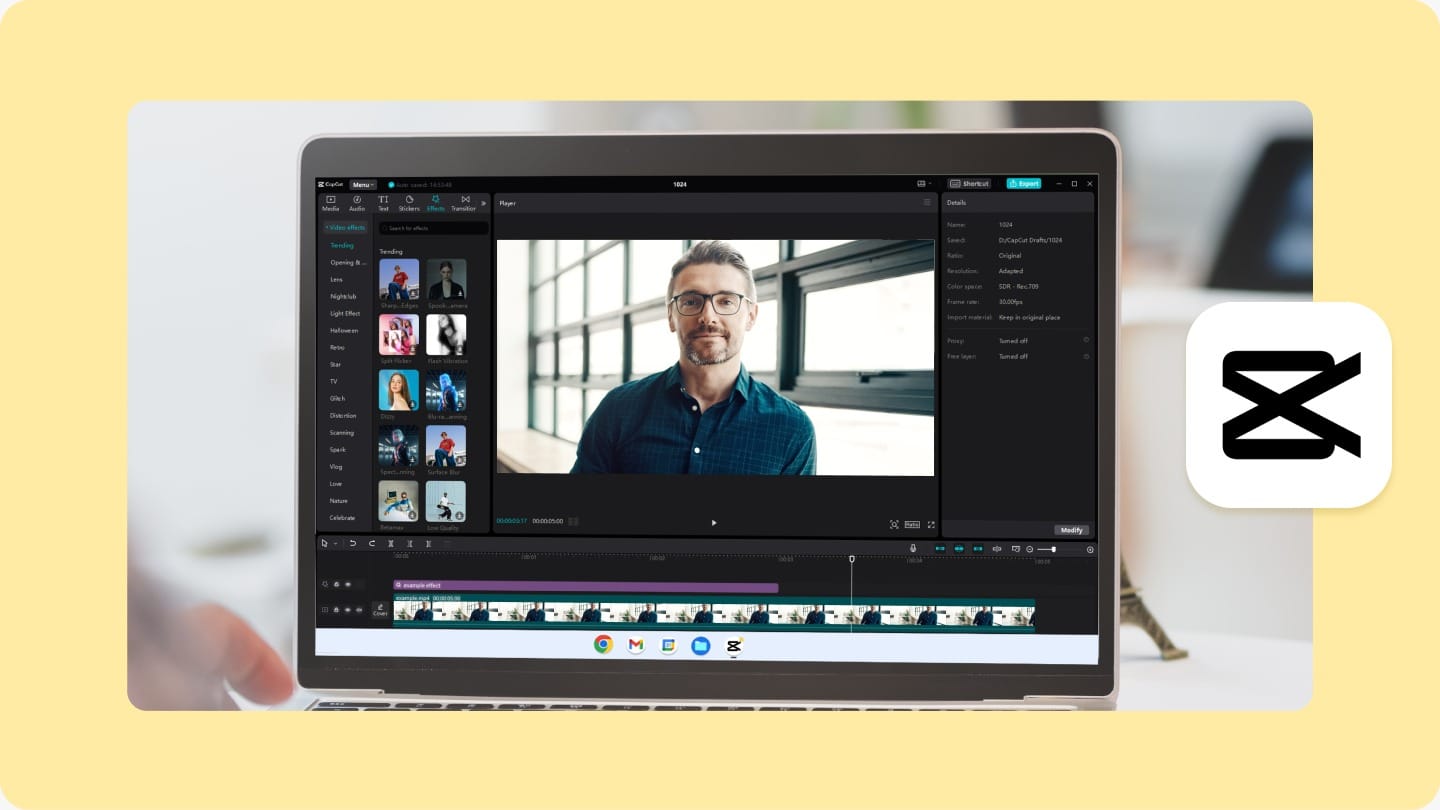
Artificial intelligence (AI) is revolutionizing old traditional mechanical teaching methods and content development at a rapid pace. One of the most significant innovations has been AI voice generation, which can produce a written text in a natural, human voice. AI Voice generators are now helping educators, students, and content creators with their ability to create high-quality tutorials, explain videos, and technical presentations in a wide range without the need for using professional recording equipment or a voiceover artist. Complex mechanical topics are now easier to understand, more accessible, and efficient due to the implementation of AI voice technology.
Through this blog, we will understand the importance of AI voice technology, focusing mainly on the text-to-speech AI, and navigate that how it is evolving into a crucial contributor for the mechanical engineering community, and discuss how AI voice technology, like Capcut’s AI voice generator, and understand how it can make technical education more interesting and accessible.
Let’s Understand “What is an AI Voice Generator?”
An AI voice generator is simply used to convert the given text into a human-like audio, it is operated by Machine learning algorithms. If you don’t want services of any voice-over artist or buy any recording devices, it can easily help you explain the difficult topics from the mechanical stream such as thermodynamics, fluid mechanics and CAD software tutorials or any other similar mechanical topics.
It is also helpful if you want to convert your notes or blog posts into an audio using the text to speech AI. Which also helps in:
- Creating educational videos for YouTube
- Add voiceover to your CAD simulations
- Even create technical presentations at ease and with more accessibility.
How Text-to-Speech AI Helps Mechanical Engineering Content Creators
Nowadays, the text-to-speech AI has known to be quite a necessary feature for the mechanical engineering bloggees, YouTubers, and online instructors. You can even create a professional level voiceover shortly, which explains everything from a CNC machine to precise details of an internal combustion engine
To understand, let’s take an example: consider that you are creating an animated video explaining the gear mechanisms or stress-strain curves, a realistic voiceover created using text-to-speech AI can help you with:
- Save the production time
- Enhancing viewer engagement
- Maintain consistency in tone and pronunciation
Using CapCut’s AI Tools for Engineering Video Content
The most technologically advanced tool to incorporate text-to-speech is CapCut PC. It is the simplest platform for incorporating AI voiceovers in a mechanical engineering video. Below are the steps to utilize its tools:
1. Import Your Engineering Video
Begin by importing your mechanical animation or tutorial video using the CapCut desktop editor.
2. Use Text-to-Speech AI
Whether you explain Bernoulli’s principle or provide mechanical step-wise instructions in SolidWorks, CapCut takes it up from there and creates a human-like voiceover for your explanation.
3. Export and Share
Once the video is finished, you can export the video with the new AI narration and post it on Vimeo, YouTube, your LMS, or your blog.
Once you are finished with the AI-narrated video, you can upload the video to Vimeo, YouTube, your LMS, or your blog.
This easy process allows mechanical engineers and educators to create more polished, professional videos and presentations without spending much on expensive equipment.
AI Video Upscaler for Engineering Visuals
Another excellent feature in CapCut is the AI video upscaler, which can make blurry simulation videos or CAD walkthroughs much better. If you have created videos in old software or lower-resolution screen captures, this tool will upgrade the video quality.
For technical creators/engineering content creators, this can be attributed to:
- Provide better visuals for technical illustrations
- Engagement rates increase as it provides professional-grade output
- Makes communication easier for explaining complex mechanical designs
Future Applications in Mechanical Engineering
AI voice and video tools can play a major role in easing:
- Virtual/live or online mechanical engineering courses
- Documentation and Technical support
- Simulation of machines and Virtual mechanical labs
- Active learning experiences for students and learners
With AI voices becoming more human-like and configurable, it creates a possibility of integrating into real-time design walkthroughs, live support, troubleshooting guides, and smart manufacturing interfaces.
Ethical Use in Engineering Education
Although there are various benefits of AI voice technology, it should still be used cautiously by the mechanical engineering community. Misuse of the voice cloning feature or showcasing the AI-generated content as a human voice without providing any disclaimer may create trust issues.
It is vital to remain vigilant and:
- Be crystal clear or provide transparency about AI-generated voiceovers
- It is only used for ethical practices when generating content
- Ensure to maintain strict educational guidelines when applying AI in academic settings
Conclusion
With the implementation of AI technology, the AI voice generators are swiftly changing how mechanical engineering content is created and shared. Incorporating tools like CapCut, anyone can easily create how-to videos, tutorials, explainers, and walkthroughs with natural voiceovers and high-res visuals.
Whether you are from any stream or profession, a student, educator, or engineer, you must explore the potential of AI voice tools to enhance your communication, learning experience, and teaching methods.Try out CapCut’s AI-powered voice generator and video upscaler today to enhance your engineering content to a more engaging level rapidly, affordably, and skillfully.








